What Is The Internet Of Things? From Its History To Its Various Uses
By 2030, The Number Of IoT Devices Will Reach 30 Billion; But We Still Don’t Know Whether This Phenomenon Will Make The World Better Or Mark The End Of The Technology Era.
Bruce Schneier, a cyber security expert, defined the Internet of Things at the European Information Security Conference in London:
The Internet now thinks, feels, and acts, which is a robot’s definition. The correct meaning of the Internet of Things is that we are building a robot the size of the world without realizing it.-
For this cyber security expert, the Internet of Things is just like a robot; But with the difference that this robot is present on a global scale instead of being limited to its metal case, its control systems and processors are scattered all over the world and are built and controlled by organizations with different goals and ideas.
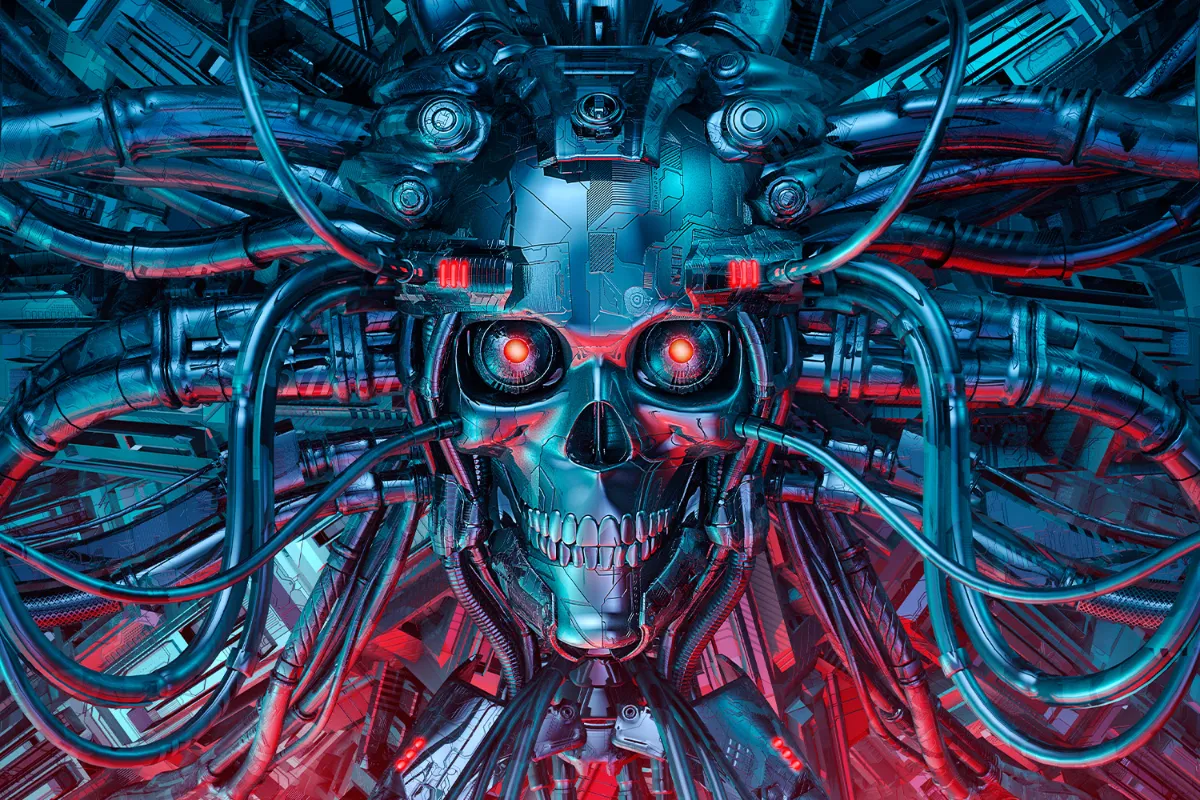
The idea of a giant robot as big as the whole world, each part of which is controlled by a different organization, is undoubtedly scary and apocalyptic; But is it essential to be afraid of the Internet of Things?
What is the Internet of Things?
The Internet of Things (IoT) refers to the billions of physical devices worldwide connected to the Internet and collect information and share it with the user and other connected devices.
Almost anything connected to the Internet is part of the Internet of Things. In the smart home, these Internet-enabled gadgets free us from doing housework, give us back some precious time, and add more exciting color to our gray everyday life.
But the Internet of Things is more than heating the oven with sound or turning off the lights with a smartphone. The main goal of the Internet of Things is to put computers in direct contact with the physical environment around us by installing sensors on anything in the world and translating it into digital language.
In other words, if in virtual reality it is us, humans who step into the digital world of computers, in the Internet of Things, it is the digital world that enters our physical world.
In the Internet of Things, the digital world enters our physical world.
Internet-connected devices can provide a. way to predict everything from consumer behavior to weather events. Still, at the same time, these devices make it easier for hackers to access people’s private space to steal and reveal their personal information. Depending on who you ask, the Internet of Things is set to transform the future of technology or, like a giant robot on the loose, mark the end of the age of human technology.
History of the Internet of Things
The Internet of Things has an interesting origin story. Perhaps the first example that could be called the Internet of Thingsnding machine containing Coca-Cola cans was installed at Carnegie Mellon University in Pittsburgh, Pennsylvania, in the 1980s, more than ten years before the name Internet of Things was given to this technology. One of the students of this university, David Nichols, was tired of having to walk a long way from his office to this refrigerator every time to buy a drink, and most of the time, when he got to the fridge, there was no soda, Or it was pretty warm.
The Internet of Things started from the university’s Coca-Cola fridge
Nichols’s mind had been occupied with this story for a long time when he suddenly remembered the first computer-controlled vending machine at Stanford University and realized that the technology he was looking for to solve the problem of his university’s Coca-Cola refrigerator already existed.
A few days later, Nichols, along with some friends, designed a system to connect to the vending machine via ARPANET (a precursor to today’s Internet), which would allow them to remotely check the status of the refrigerator (for example, see if there is a drink in the fridge). Or that the glass is cold). For many, this vending machine was the first accurate IoT device.

But it was in 1999 that the name “Internet of Things” was coined by Kevin Ashton, one of the founders of the Auto-ID Labs research group at MIT University.
At that time, Ashton was responsible for launching a cosmetics line at Procter & Gamble. She noticed brown lipstick missing from the shelves when she visited the local cosmetics store. The officials of the supply chain told him that this lipstick color was available in the warehouse; But Ashton needed to know precisely where these lipsticks were, what was happening to them, and why the store couldn’t have enough of them; But no one knew the answers to these questions.
The term Internet of Things was coined by Kevin Ashton in 1999
Almost simultaneously with this story, RFID tags were developed. These tags had tiny chips that could wirelessly transmit small amounts of data using radio waves. When Ashton gave a speech on the Internet of Things for Procter & Gamble, he proposed using these tags for the company’s products to identify and track items throughout the supply chain efficiently.
In those days, the word “Internet” had just fallen on the lips, and everyone was excited to hear it. Ashton also took advantage of this situation and used the word “Internet” in the title of his speech to attract the this speech’s title to attract company managers’ attention and produced the Internet of Things as follows:
After the fateful “Internet of Things” speech for Procter & Gamble, Ashton gave hundreds of lectures to managers of various organizations about the application of RFID technology and especially emphasized the ability of the RFID chip to communicate with devices through a wireless network. By 2003, the company Ashton founded had 103 sponsors and several branches worldwide, and the company’s commitment to RFID standards helped any smart package communicate with networks of suppliers and retailers. Over time, the intelligent goods market developed, more investments were made, and the chips became better and cheaper.
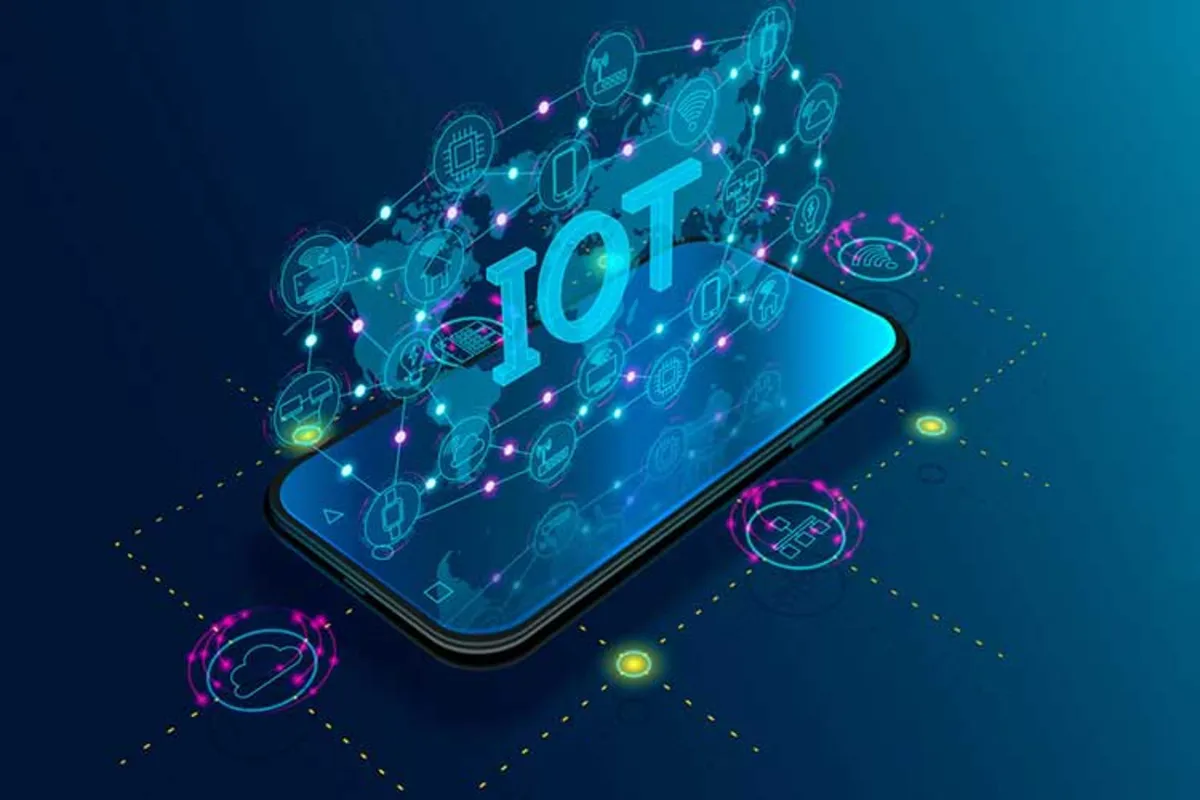
In the late 2000s to early 2010s, companies worldwide were as excited about the Internet of Things as they are now about artificial intelligence and machine learning.
At the same time, IBM started working on the Smarter Planet campaign to aim for economic growth and sustainable development. McKinsey, the most respected global management consulting firm, has started writing reports on the state of Internet of Things technology. Cisco, the largest company in network equipment, announced in 2011 that the Internet of Things was “born” between 2008 and 2009; That is when the number of devices connected to the Internet exceeded the number of living people on the planet. In the same year, Gartner, an American research company, added this new phenomenon to its list of emerging technologies for the first time.
Cisco announced that the Internet of Things was “born” between 2008 and 2009
A little later, Internet of Things startups sprung up from all corners. In 2010, the Nest Labs startup started producing intelligent thermostats and smoke detectors equipped with sensors and Wi-Fi with learning capabilities. In 2014, Google bought this startup for $3.2 billion, and it can be said that this was when the Internet of Things caught the general public’s attention. With the emergence of intelligent voice assistants Alexa and Google Home, Internet of Things devices in people’s homes became bolder and more common daily.
It is predicted that by 2030, the number of Internet of Things devices will reach 30 billion, which shows a 68% increase compared to 2020.
Application of the Internet of Things
Almost all physical objects can become IoT devices, provided that they canInternet to be ctor exchange information with the user and other devices.
In the Internet of Things field, you have probably heard the name of the intelligent refrigerator a lot. So let’s explain one of the most exciting applications of the Internet of Things with an intelligent refrigerator. Suppose you are returning from work. Your car is connected to your smartphone, and this phone is connected to your smart refrigerator at home.
At this moment, the refrigerator sends a message to your phone and informs you that the milk is running out. This message will be displayed on the dashboard of your connected car and will show you the nearest supermarket to buy milk on the map. The supermarket shelves are also connected, and now you will see the message on the car dashboard that the supermarket has your favorite brand of milk in stock. The Internet of Things means this.
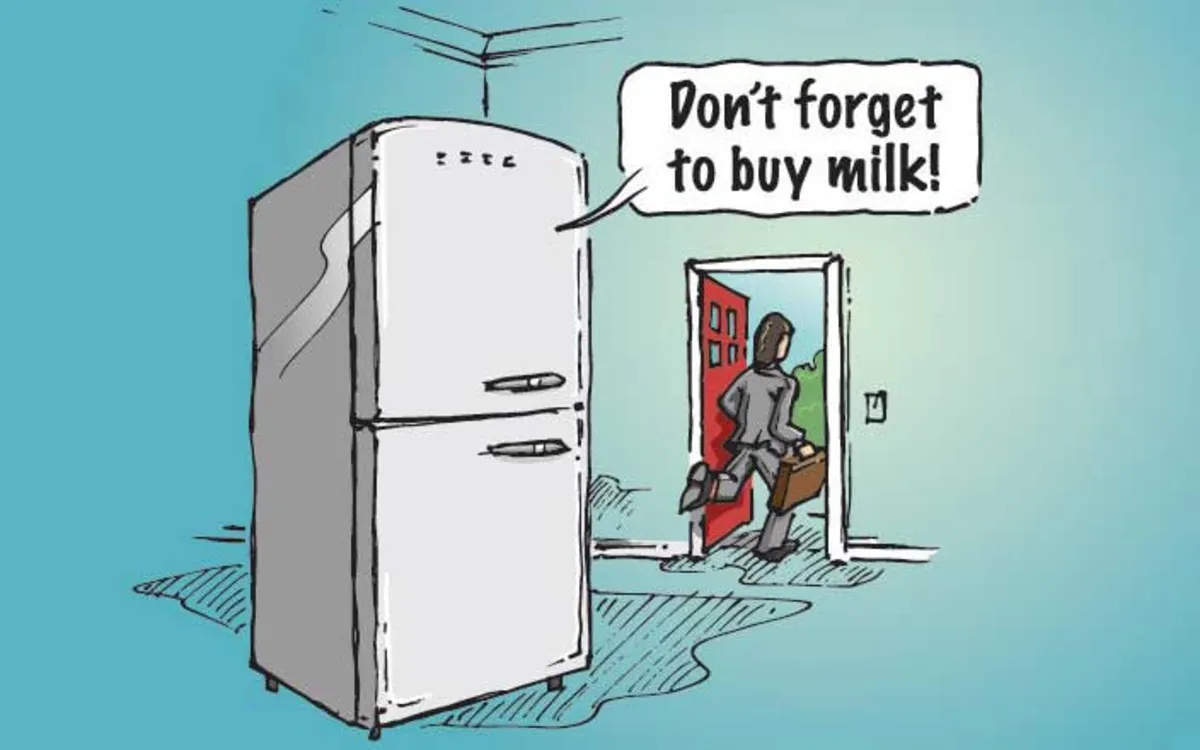
IoT applications in the workplace include warehouse inventory tracking systems to notify you whenever you run out of products and automatically order new products. Another example of IoT in the workplace is intelligent desks that alert employees sitting too long to get up. Smart speakers for the workplace, such as Alexa for Business, enable employees to turn on video conferencing equipment, check the calendar, schedule a meeting, and find an empty conference room with just their voice.
In industries such as the manufacturing sector, IoT sensors in machinery, equipment, production lines, warehouses, and vehicles can transmit the collected data in real-time maintenance reports. The organization should be notified immediately if a device breaks down or a part needs to be replaced. With such an advanced system, the defective part is identified directly so that engineers can repair it before any work disruption occurs.
IoT-enabled tags and sensors are also instrumental in the supply chain.
From the factory to the truck to the warehouse to the shop, the Internet of Things can provide organizations with a centralized and unified picture of the exact location of all products, how they are produced, how quickly they are transported, and how quickly they are sold.
Everything from ingestible sensors to connected inhalers and contact lenses is now part of the Internet of Things, informing patients and healthcare professionals about what’s happening inside the body, their health status, and how to take medications.
From a clearer perspective, you can look at the Internet of Things as a light bulb that can be turned on and off with a smartphone. This intelligent temperature system detects the presence of residents in the rooms with the help of sensors placed throughout the house and adjusts the temperature according to their company. It adapts to their interest, an intelligent toy that connects wirelessly to an online database and responds to children’s questions and requests with voice and image recognition.
On a larger scale, the Internet of Things can be found in a jet engine filled with thousands of sensors to collect and transmit data. On an even larger scale, innovative city projects cover all parts of the city with sensors to increase human understanding and control over their surroundings.
How the Internet of Things Works
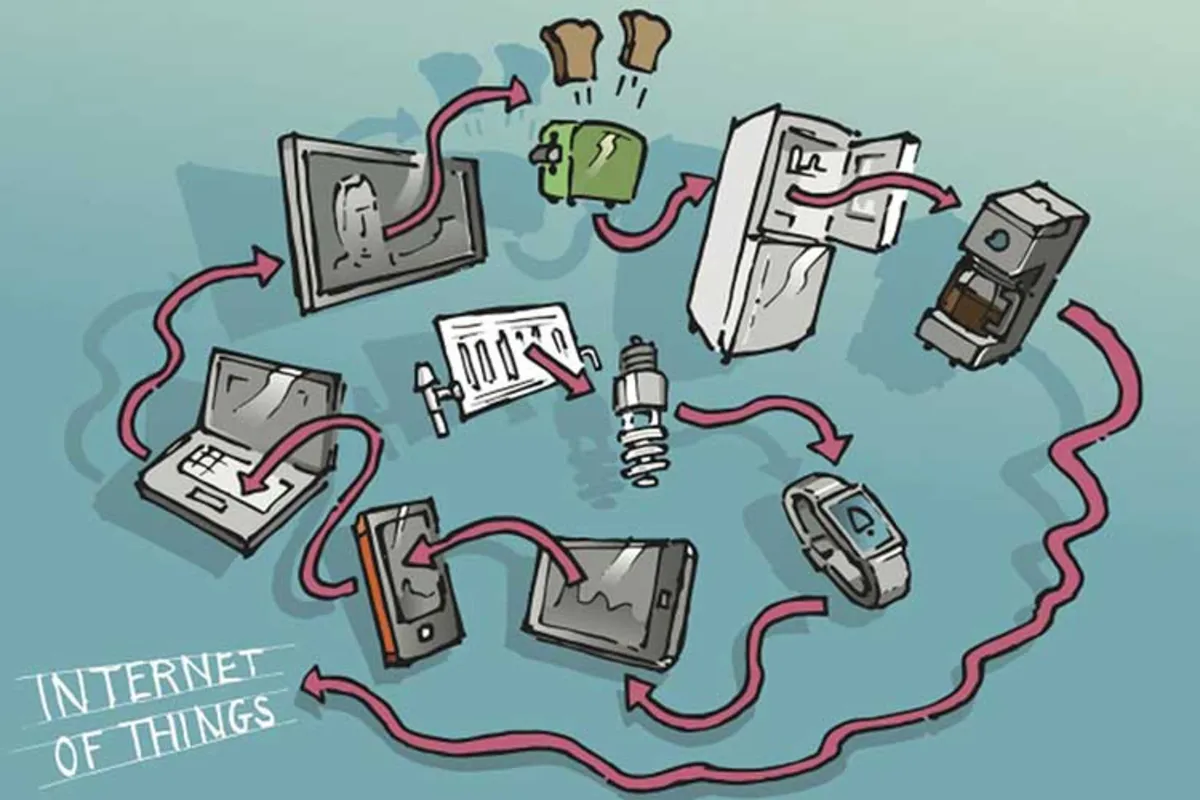
It can be said that the application of the Internet of Things in all industries is endless, and this technology undoubtedly has much more potential than the intelligent refrigerator. But how does the Internet of Things work, and what are the main components of this system?
For the Internet of Things, you first need sensors and devices capable of collecting, storing, transmitting, and receiving data. The next component is connection; Collected data must be exchanged between different devices and communicated between them; The factor that makes this communication possible is the Internet.
Typically, IoT sensors and devices of the Internet of Things communicate with applications and services in the cloud. If this is not achieved through the public Internet, depending on the model of the cloud, it is done through a private Internet network.
The next step is data processing. After the collected data is transferred from the device to the cloud, the installed software analyzes them. For example, data transmitted from an intelligent home air conditioning system is examined to ensure an acceptable temperature.
But the real value and benefits of the Internet of Things lie in the systems and industrial applications sector; Because in this sector, a significant number of devices with the ability to collect and transfer data provide vital and real-time information about the state of the business.
Artificial intelligence and the Internet of Things
These days, when everyone is talking about artificial intelligence and the chatbot ChatGPT and the image generator Midjourney have taken the minds of internet users, the question is the connection between artificial intelligence and the Internet of Things. In the past two years, investment and acquisitions of startups that have merged these two areas have increased dramatically. Companies providing IoT platforms now offer AI capabilities such as machine learning-based analytics.
The most important application of artificial intelligence in the Internet of Things is this technology’s ability to quickly analyze data. Machine learning, a type of artificial intelligence technology, can automatically identify patterns and anomalies in data generated by sensors and intelligent devices, including information related to temperature, pressure, humidity, air quality, etc.
Compared to traditional tools that usually monitor the crossing of numerical thresholds, the machine learning method can make up to 20 times faster and more accurate operational predictions.
Machine learning makes operational predictions 20 times faster and more accurate than traditional methods.
Other AI technologies, such as speech recognition and machine vision, can also help analyze data that previously required human oversight.
Artificial intelligence in IoT enables companies to prevent unexpected failures, increase operational efficiency, develop new products and services, and improve risk management. In general, many experts in this field believe that the future of the Internet of Things is artificial intelligence technology.
Internet of Things and Internet of Behaviors
According to some, the Internet of Behaviors (IoB) is the next generation of the Internet of Things and, in other words, the future of the Internet. All the smart devices that are part of the Internet of Things and all the fine and coarse data collected from users 24 hours a day will eventually end up in a larger area called the “Internet of Behaviors,”; Where this vast amount of collected data and predicted behavior patterns will finally control most aspects of our lives.

The Internet of Behaviors is the next step in collecting and analyzing data collected by IoT devices. IoB tries to answer the psychological question of how to analyze data and how to use this knowledge to develop new and customer-friendly products.
According to Gartner’s prediction, by 2025, more than half of the world’s population will interact with the Internet of Things, the behavior of governments, and private companies. Gartner also believes that if projects based on the Internet of Behaviors do not provide added value to the user or address the privacy concerns of users, the whole concept of IoB will fail.
The Dangers of the Internet of Things
The Internet of Things offered all the advantages of the Internet to devices such as lamps and thermostats, But at the same time, it brought all the problems of the Internet. Now that speakers, televisions, refrigerators, alarm clocks, toothbrushes, lamps, doorbells, baby room pagers, and CCTV cameras are connected to Wi-Fi, almost every device in the home is vulnerable to cyber-attacks and may even fail.
If the Internet goes down, the connected device will also stop working. If you have a router problem, you won’t be able to use your intelligent heating system or even open your brilliant home door. Many of these devices run on software; if the company that made it goes bankrupt or doesn’t update the software, your smart gadget may become useless.
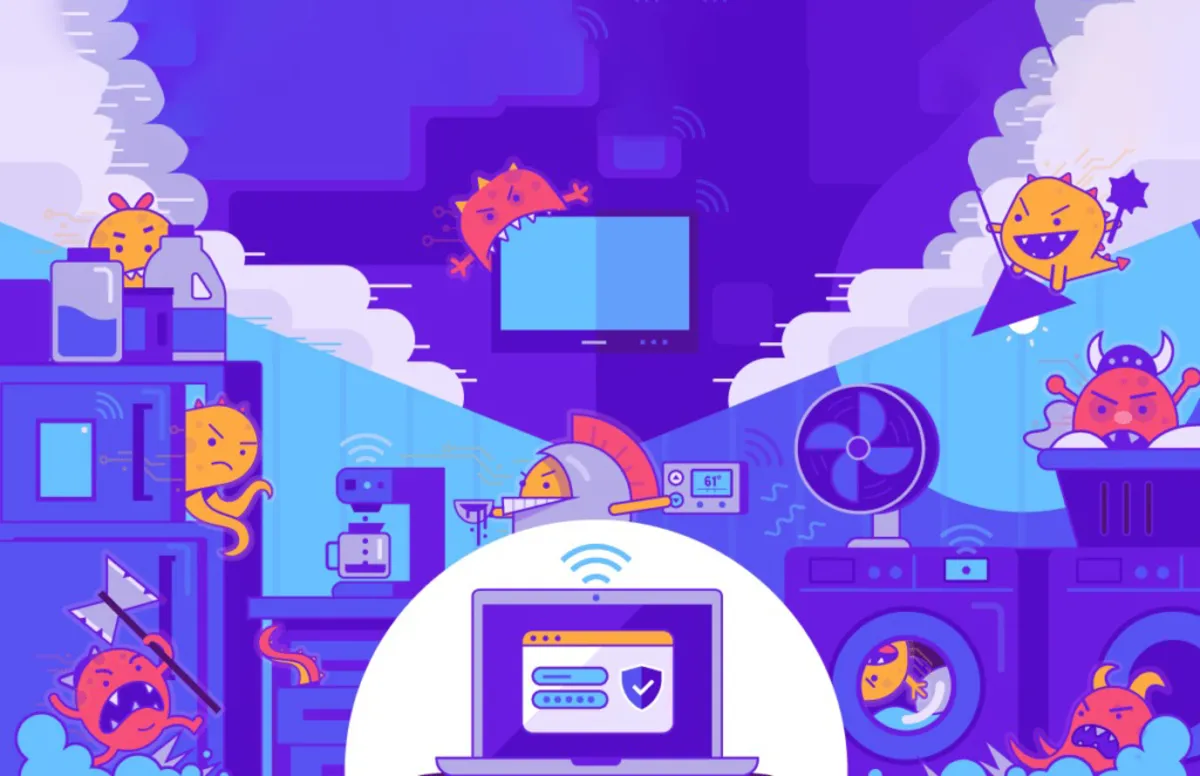
In addition, connecting devices to the Internet exposes them and any other device connected to your Wi-Fi network to a cyber attack. Lara Denardis, in her book “The Internet of Everything,” calls this cyber security threat the most significant human rights issue of our time.
The risk of hacking Internet of Things devices is not just a joke of a few people tampering with an innovative washing machine or breaking into the Google Nest camera to send a message to subscribe to a specific YouTube channel (this happened); Rather, think that if the intelligent door of your home is hacked, strangers can quickly enter the house. The city may lose power if a few thousand intelligent water heaters are hacked simultaneously. Just one vulnerable device is enough to compromise the whole network’s security.
The threat to Internet-connected devices is not just because they are connected to the Internet but because security issues have not always been a top priority in producing these products.
For example, in 2016, Mirai malware infiltrated over 600,000 vulnerable IoT devices to launch a massive DDoS attack. The following year, a cyberattack known as Krack infected almost every device connected to the Internet. This attack was wholly paralyzing and difficult to defend against because the Internet of Things exists in many different operating systems.
When a virus attacks a smartphone or computer, software developers quickly release security patches to deal with it. Still, devices like routers or smart doorbells typically don’t receive the software updates needed to protect against vulnerabilities.
Schneier: The Internet of Things will eventually turn into a giant and insecure robot
According to Schneier, the emergence of the global Internet of Things network will eventually lead to the formation of a giant robot connected to the Internet on a worldwide scale, which is so diverse and insecure that if laws are not set for it, cyber attacks will cause severe problems in society. He believes that “when everything becomes a computer, the security of the computer becomes the security of everything.”
Another risk of the Internet of Things is the issue of privacy. Consider a smart home: it knows when you wake up (when the smart coffee maker turns on), how you brush your teeth (thanks to the intelligent toothbrush), which radio waves you listen to (thanks to the smart speaker), and what kind of food you eat. (thanks to an intelligent oven or fridge), what your kids are thinking (thanks to intelligent toys) and who is visiting your house or passing by (thanks to a smart doorbell).
While companies initially make money by selling smart devices, their IoT business model will likely include selling at least some of the data they collect from their customers.
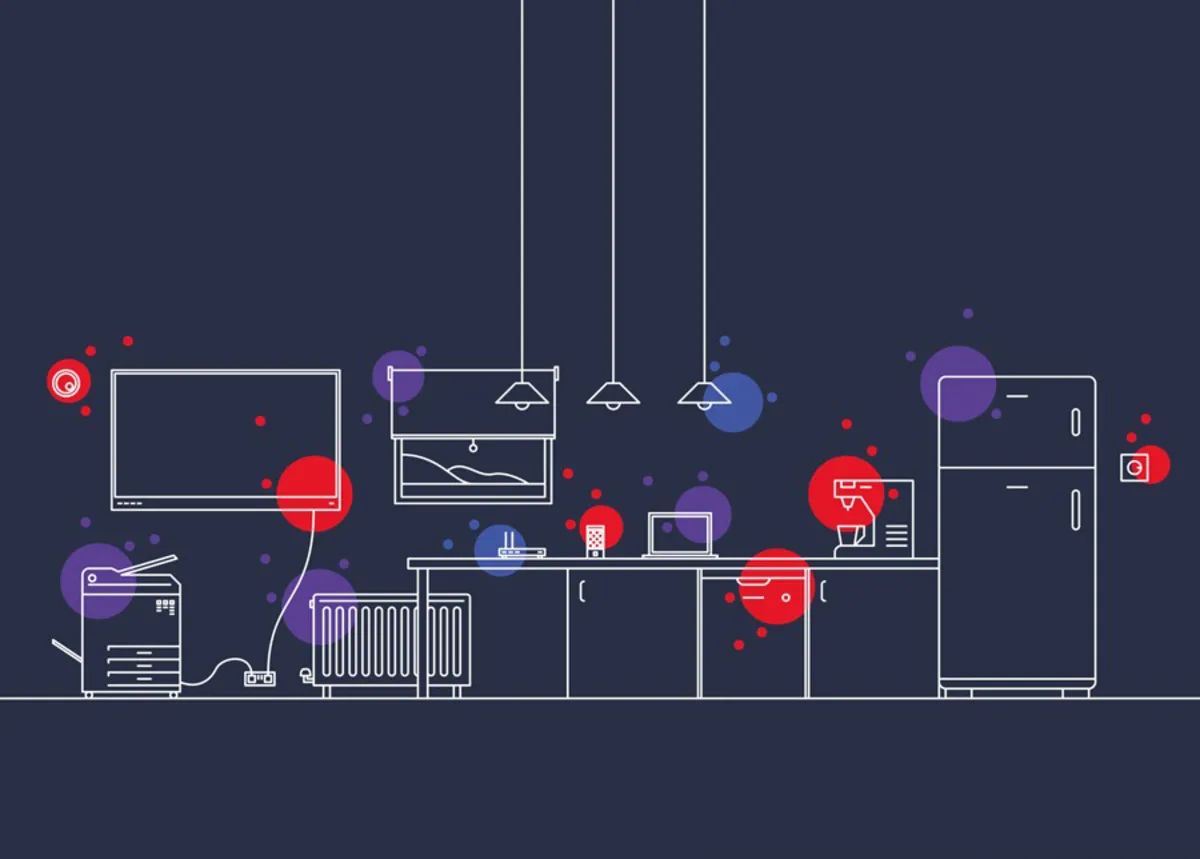
Every device in the Internet of Things collects data, and all this data has value. In a 2019 study, researchers found that 72 of 81 IoT devices surveyed shared their data with a company unrelated to the original device manufacturer.
This means that the most intimate details of your personal life can be packaged and sold to someone else. Google and Apple admitted in 2019 that contractors checked the sounds recorded by their smart speakers. Amazon has partnered with more than 400 police departments that use footage captured by its intelligent doorbell cameras to monitor neighborhoods.
The Future of the Internet of Things
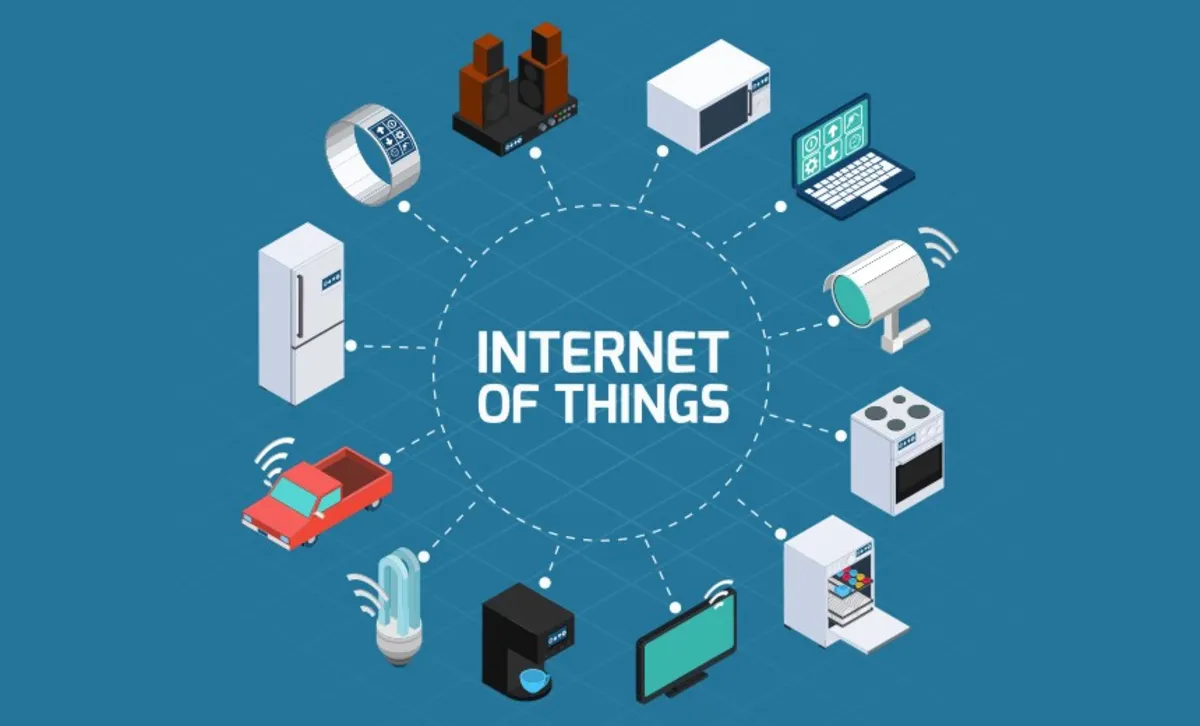
As the price of sensors and Internet connections continues to fall, adding more devices to the Internet of Things becomes affordable. Most companies dealing with the Internet of Things are currently experimental. The technology required for their projects, including sensor technology, 5G Internet, and machine learning-based analysis tools, are still in the early stages of development.
The competition between platforms, vendors, software companies, and network operators to get more share in the Internet of Things market is very serious and breathtaking. It is not yet clear which of them will win the story. Still, without the necessary standards and protocols, we will probably see significant security disasters in the field of IoT in the next few years.
As connected devices increase, our living and working environment is filled with intelligent products. Some people will welcome the new age of clever things with open arms, While others will miss the days when a chair was just a chair and had no other use. Which of these two categories are you?
Internet of Things over time
|
Year |
Event |
|---|---|
|
1980 |
David Nicholls builds the first IoT device: the Coca-Cola Vending Machine. |
|
1999 |
Kevin Ashton coined the term “Internet of Things” to describe the computer’s eyes and ears. |
|
2000 |
LG introduced its first connected refrigerator for 20 thousand dollars. |
|
2008 |
The world’s first Internet of Things conference will be held in Zurich, Switzerland. |
|
2010 |
Tony Fadel founded Nest, a brilliant thermostat company. |
|
2013 |
Oxford Dictionaries adds the term “Internet of Things.” |
|
2014 |
Amazon introduces an Echo speaker with Alexa voice assistant; The number of Internet of Things devices also exceeds the number of the world’s population. |
|
2016 |
Mirai botnet infects more than 600,000 IoT devices with malware. |
|
2020 |
The number of devices connected to the Internet exceeds 20 billion devices. |
|
2022 |
Google Home has the largest market share of Internet of Things devices, with 48%. |
|
2030 |
The number of Internet of Things devices will reach 30 billion. |













